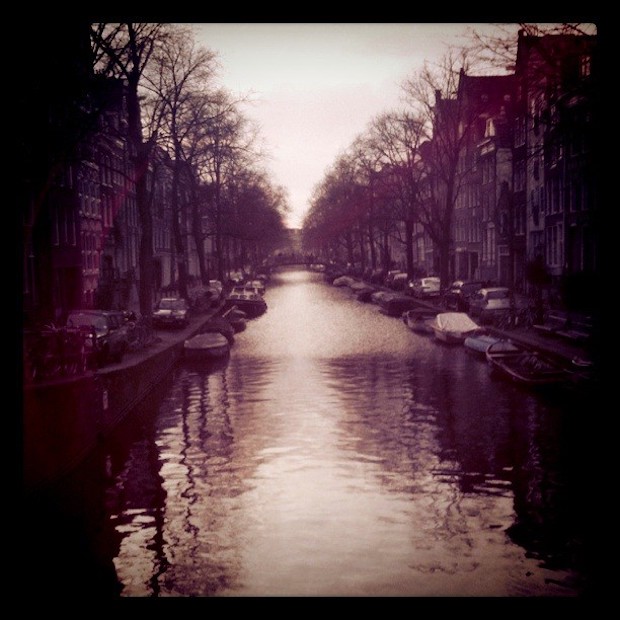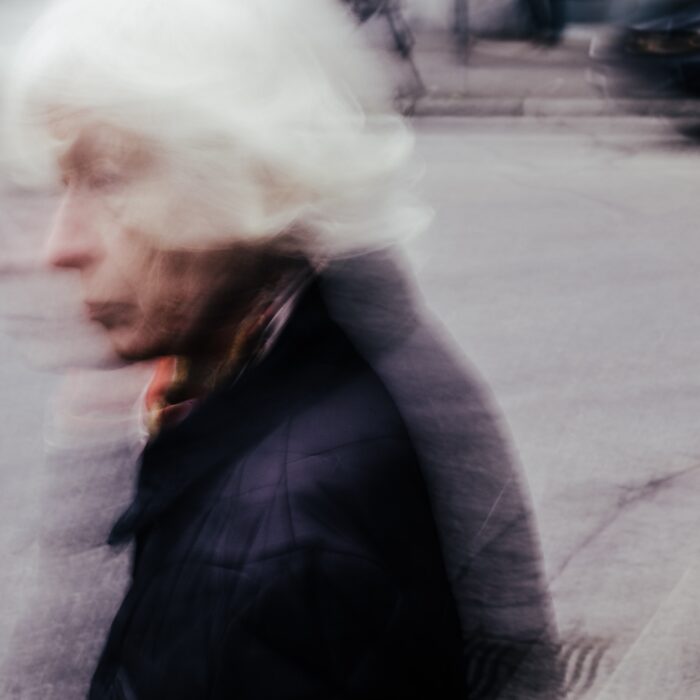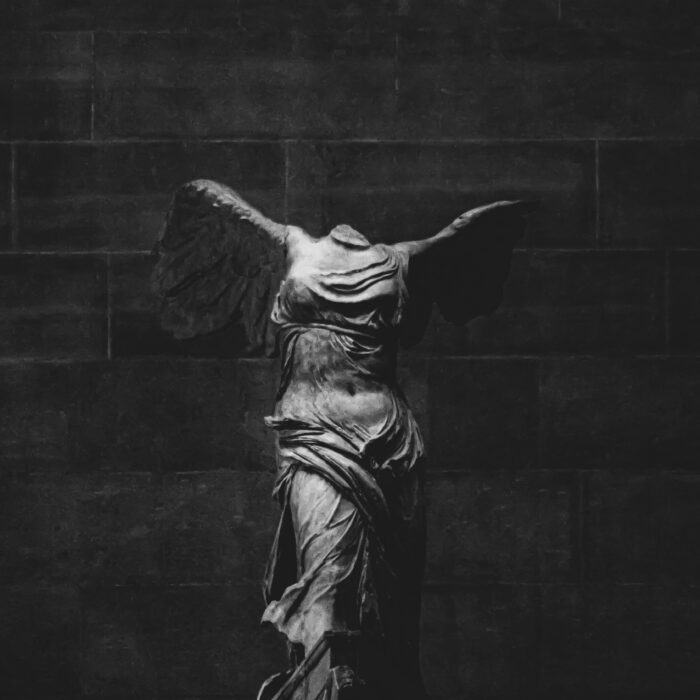You have no items in your cart. Want to get some nice things?
Go shopping
I first tasted broodjes on holiday – bought at the haring stall beside Oosterkerk on Wittenburgergracht, stuffed with raw fish and red onion. Tom wasn’t keen, but there was no choice near the jetty before we caught the tour boat, and anyway I loved them – the sharpness of the vinegar against the sweet white roll.
The boats are great for snoopers – the ground floor curtains in the grand manor houses lining the Herengracht are typically left open – “Look Tom, you can see right in, it’s traditional, Calvinist – showing they’ve nothing to hide and they carry on that tradition.” “Really, maybe they’re just vain, lazy.” He adjusts his headphones – I guess he believes what the audio guide tells him, even if he thinks I’m making up stories. The rooms remind me of Dutch paintings of interiors, screen sets, living museums.
There is something intoxicating about Amsterdam’s self confidence, its easy going-ness. The bikes lining every narrow street, the mime artists and hustlers in Dam Square, even the graffiti is art, not a mess. But it’s the canals that absorb me. The second morning I creep out of bed at dawn and wander down to the Prinsengracht.
The crinkles of light on the water, catching the fragments of shadows of the houseboats. White arrows through the dark water. I insist we walk by the canals each evening – the glow before sunset on the water and the buildings gradually darkening – the morning’s film wound back in slow motion.
Sometimes I am aware of a smell from a canal – not fetid, but clammy, dank. Tom says they are odorless – they were cleared up years ago. It would have been rank when those grand houses were built – excrement, waste, everything dumped in the water. Rich women carried a pomander on a chain to protect themselves against dangerous smells, a barrier between the putrid and the sublime.
Amsterdam was born of global commerce, where tulip bulbs and slaves were currency. A city built on land taken from the sea, and somehow precarious, even though the modern city is so vibrant.
I try and explain this to Tom, but he isn’t having any of it – “why can’t you just enjoy being here, it was your choice for fucks sake.” But even Tom is thoughtful in Ann Frank House.
I now live in Amsterdam. This is my city. Late at night I often walk through the noiseless streets.
The black water is still between the wharves. When there is a full moon I see the shadows of the elegant slave ships, even though I am nowhere near the Port of Amsterdam. Plantation products were shipped back to the city, refined in sugar factories and coffee plants which were mostly in the Jordaan district. The Jordaan has always been my favorite part of the city, with its narrow paths and curious buildings. The graffiti stands out, red, blue, screeches. There are boutiques and coffee houses now, but nothing to commemorate the dead from the boats.
I read Camus’s The Fall. On my night walks I trace the steps of his narrator, Jean-Baptiste Clamence, as he unfolds his story night after night in the Mexico City bar in the Zeedijk – Dante’s Inferno transformed into the canals’ “concentric circles.” Clamence’s “fall” begins when he sees a woman standing ominously on the edge of the canal and hearing her screams as she falls into the water, he walks past.
I research into the history of the Zeedijk – built as a seawall to protect the city, how it turned from respectability to notoriety as the rich merchants moved on, and sailors moved in to drink and womanize. Later, it was deep in alternative culture, anarchy and protest. There was a violent riot when hundreds of squatters took to the streets and the army were brought in, and, fascinating to me, where one of my favorite jazz musicians, Chet Baker, died, falling from the window of the Prins Hendrik Hotel. Was he pushed? Did he kill himself? Listening to his music, his cool music, it is hard to believe this happened to him, but his life belies the notes.
The Zeedijk is now regenerated, its smells are from the Chinese cafes and there are no police raids, no addicts you can see. But not so far away women are “sold” in lit up shop windows, women who were traded in distant places and trafficked to here. Tourist attractions. As resonant as statues of slavers, they are stone still.
Alone, I still take the occasional boat to admire the opulent canal houses, built on the wealth of the East Dutch India Company. But each time, I step tentatively into the boat. I am afraid of the gap between the shore and the vessel. I am always afraid of drowning.
by Janet Silver





